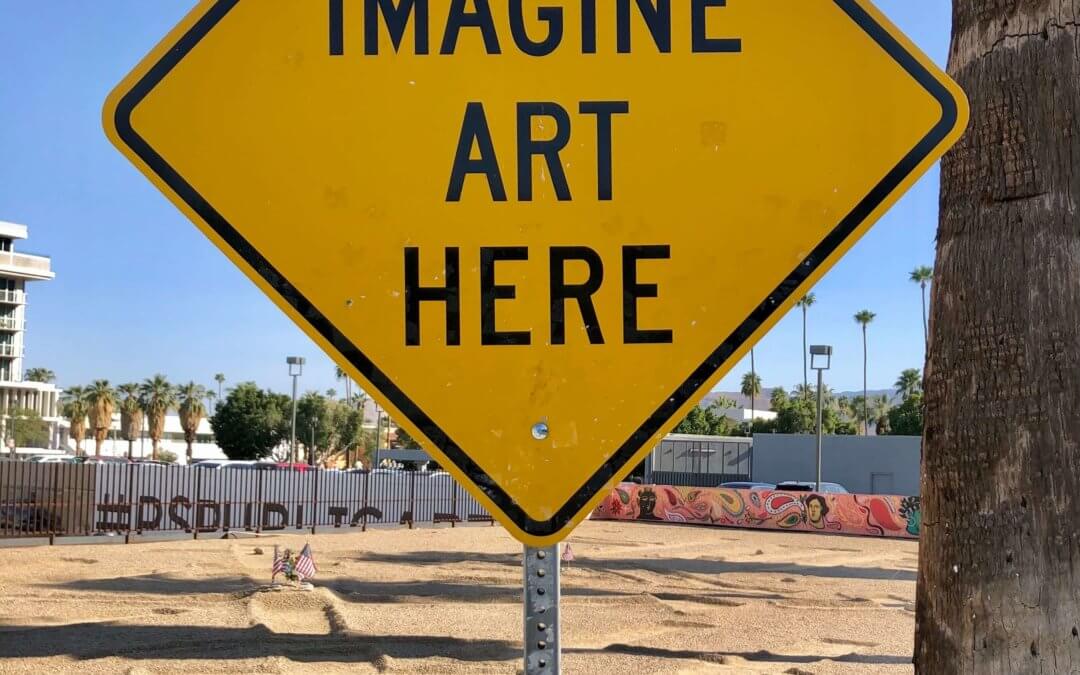What Are ADA Signs, and Why Are They Required?
ADA signs can be a touchy subject between sign shops, architects, and clients. They can sometimes throw a wrench into a client’s planned project budget due to the required sizing, text height, and the addition of braille.
The additional cost can certainly be unexpected for business owners who weren’t prepared for it, but ADA signs serve an incredibly important purpose that shouldn’t be ignored. (Plus, businesses who fail to install ADA signage are subject to fines!)
What does ADA mean?
ADA stands for the Americans with Disabilities act, which was established in 1990. Required signage is just one part of the act, which states that discrimination due to disability status is unlawful. The act requires employers to make work spaces accessible to those with disabilities, in addition to requiring public spaces to contain appropriate accommodations like grab bars in public restrooms and wheelchair ramps.
What do signs have to do with the ADA?
The signs are considered an accommodation for people who are visually impaired. They serve the exact same purpose that all signs serve: to help people get where they need to go! But ADA signs have special requirements that make them accessible to as many people as possible.
Why are ADA signs required?
For people with varying levels of vision impairment, navigation in an unfamiliar place can be stressful (actually, navigation through an unfamiliar place is stressful for everyone). Having clearly visible, legible signage letting people locate restrooms and exits is a big help for people trying to find them.
They’re not just helpful for people who are visually impaired. They can make a big difference for people with mobility issues, cognitive disabilities, and anyone who doesn’t feel comfortable asking for directions. Certain ADA signs utilize pictograms– for example, the figures that symbolize “restrooms”– which can also be helpful for people who may not be comfortable reading or asking for directions in English.
In short, ADA signs are navigational tools that save time and embarrassment for a lot of people. What’s not to like?
What do ADA signs look like?
The ADA states that signs must have a certain level of color contrast– minimalist white-on-white signs will not work here! They also must feature a sans-serif font, with letters of a certain size (between ⅝” and 2” high), and included braille must be a certain distance away from the text and edges of the sign.
Pictograms aren’t always required, but when they are used, they must be located within a 6×6” field with no other text or images inside of it.
There are also symbols used for accessibility purposes worldwide. You’ve probably seen the wheelchair symbol (which is actually called the International Symbol of Access!) all over the place for the past couple of decades. The three other international symbols are intended for deaf people– indicating the presence of various accommodations like volume controlled phones and assistive listening systems.
How can a visual sign help someone who is blind?
Like many things, blindness is a spectrum– only about 10% of people who are blind actually cannot see anything. The level of vision that people have varies from person to person. The purpose of ADA signs is to be easily visible to people who are visually impaired.
The placement of these signs is also an important factor. They have to be installed at a certain height– 48” from the base of the lowest line of text on the sign. Because the height is consistent, people have an idea of where the signs will be placed.
Letter size is also determined based on a combination of the installed height of the sign and the distance it will be viewed from. All architectural plans for public building projects include several pages of information about ADA accommodations and signage.
I’m required to put ADA signs in my business. How do I know what to get?
ADA guidelines are a pretty lengthy read, with a lot of specific information that makes for the most helpful accommodations possible. For someone unfamiliar with accommodation requirements, it might be overwhelming.
Luckily for you, at Pinnacle Signs and Graphics, we’ve made so many ADA signs that we consider ourselves experts. We can help you determine exactly what you need and provide quotes based on the correct sizing and materials that your signs will require. Just give us a call or reach out for a free quote and we’ll get you started!


